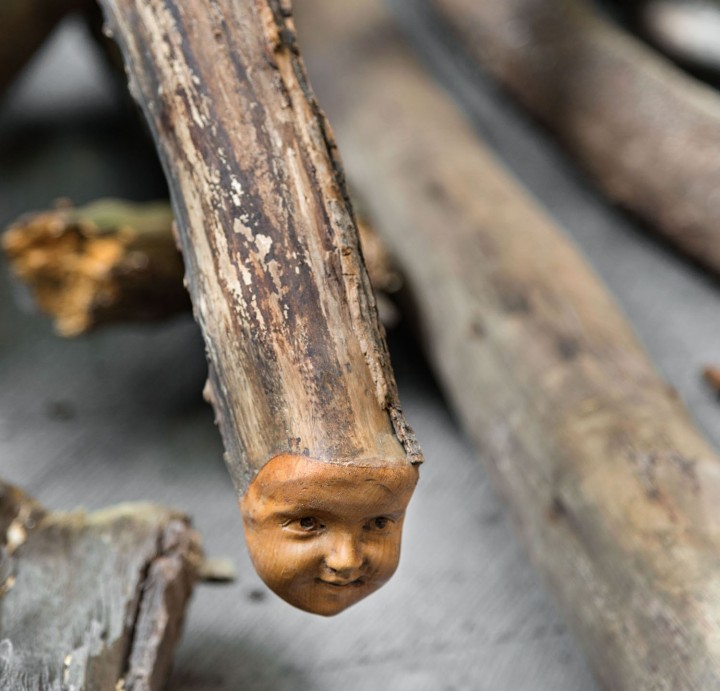“Privacy to me is mourning,” Danh Vo once observed in an interview¹, “mourning for the loss of it.” This dispirited remark was perhaps not consciously foreboding, yet in Vo’s latest curatorial proposition it may as well have been.Quiet and spare, the exhibition, titled “Slip of the Tongue,” seems to reposition the notion of privacy within slippages and misreadings of history and interpersonal relationships alike. Within the context of Vo’s own practice, personal history plays a significant role; his background, social context and identity define the nature of the work. As a curator, however, Vo’s historicity becomes a subtle and touching point of convergence, attributing each artwork its own space, sense of singularity and personal history, framed not by the sentiments of its maker, but by the circumstances of its reception.
Vo’s intent is by no means to propose an object ontology based on lapses in etiquette or behavior, but rather to map the influence of such events on the social life of objects. Or, conversely, to entice them: what does it do, for example, for a series of Lee Lozano’s drawings and paintings to be placed in proximity with a Picasso, possibly for the first time? Or for works by 1980s Manhattanites such as Zoe Leonard, David Wojnarowicz, Félix Gonzalez-Torres and Martin Wong to be repositioned in intimate conversation with another once again?
Such private moments and quiet tête-à-tête are instigated and resuscitated all around: one of Jean-Luc Moulène’s recent recumbent masks stares into an antique chandelier by Vo himself; a Marcel Broodthaers kitchen cabinet gives the cold shoulder to Nancy Spero’s intoxicated codexes; a stoic Sturtevant kindred, in some ways, only with a headless Rodin, circa 1890-91, lying featureless on the floor, both monuments to a private life long since forfeited.
At that, maybe Vo’s remark on privacy was a sort of slip of the tongue in itself, inviting one to muse on another Freudian proposition — that of mourning versus its romantic counterpart, melancholia, or the sense of loss with no obvious root. Wandering amid these works, it seems unlikely that art objects ever existed within a state of privacy. However, as participants within an ever-accelerating sector —openings, biennials, dinners and cocktails — this loss is very real. The sense of privacy that perhaps was once felt, now only resonates through objects, whose identities are defined through this social turn.

